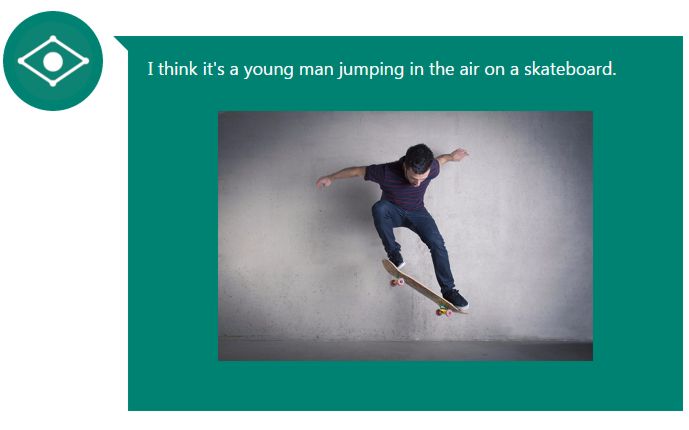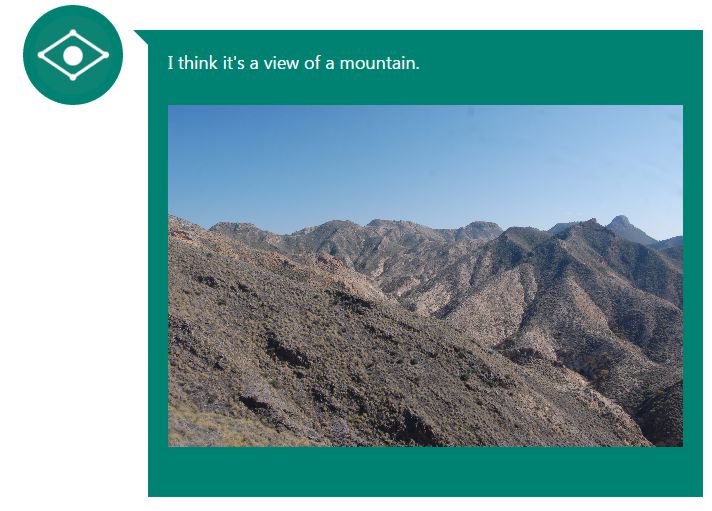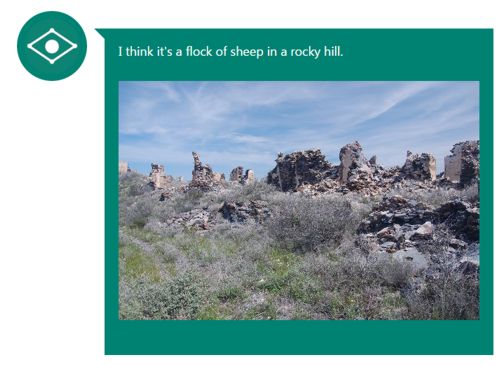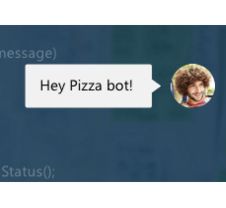| What Makes A Bot? |
| Written by Sue Gee | |||
| Sunday, 17 April 2016 | |||
|
The past month has seen an explosion in the use of the term "bot". Simply using the word imbues almost magical qualities in apps that would otherwise seem mundane. So what should we expect from the new generation of bots? There was a time when we just had software. Then came applications, which became apps with the rise of mobile. Just as we get used to the idea that apps are now universal - for the desktop as well as smartphone and tablet - apps have been relabelled as "bots" The idea of the bot as a new breed of app was clearly stated by Satya Nadella when he introduced his ideas for Conversation as a Platform at Build 2016. The demo that was used to introduce us to the new "world of bots" did indeed seem impressive and had elements that we already associate with "bot" as in chatbot. In it Lilian Rincon showed how the personal digital assistant Cortana could listen in on a human-to-human Skype conversation and make sense of it. In the demo Cortana understood that the human exchange involved making a trip to Dublin and having assimilated the details Cortana proceeds to bring up a hotel reception bot to make a hotel booking. Cortana also prompted Rincon that she had a friend in the vicinity and pre-populated a message with details of the dates on which Lilian would be in Dublin.
This demo of how AI and intelligent bots are going to be incorporated into Skype makes clear the idea that Cortana has accumulated store of knowledge about Lilan such as her preferences for a specific hotel chain and the people on her contact list. So as well as general search, it is using personal history and the combination is very effective. Exactly when and how much of this "vision" will be available to all of us isn't yet clear. It does however seem entirely convincing that this is a type of bot we can look forward to interacting with. The archetypal "Good Bot" who is responsive, proactive, can take voice commands and answers with speech - an intelligent chatbot. However the world of bots isn't just the upper echelon of Cortana, Siri and Alexa. There are also the "worker" bots - like the hotel reception bot and the Cups and Cakes bot of this video and the work-in-progress Burger King bot for Facebook's new Messenger Bot platform that we recently reported. For an example of "Bad Bot" we have Tay, Microsoft's Twitter chatbot let loose in the world with the assumed personality of a teenage girl. However, instead of blossoming into the charming conversationalist Tay picked up racist attitudes and had to be disabled. However embarrassing the remarks Tay was making, it was indeed evident that real world learning was taking place using AI and natural language processing. The latest of the apps to use the Project Oxford APIs (now referred to as Microsoft Cognitive Services since Build 2016) is CaptionBot. This is the first time the bot monika has been used in the series of demo apps built to show of the capabilities of these AI APIs which started with How-Old.net and TwinsOrNot.net and includes What's That Dog. Using the Computer Vision API and the Natural Language API, CaptionBot describes what it sees in photos. This is the description it provides to one of its stock photos:
Like the other demo programs it can give reasonably accurate interpretations to some user supplied photos:
However, can be fooled in surprising ways:
Interpreting dry shrubs as woolly sheep and ruined buildings as rocks, is not a mistake a human would make. Does this fallibility bring the bot into disrepute? It shouldn't as it simply reflects a lack of training but somehow calling it a "bot" raises our expectations. This seems to be the case with the newFacebook's Bots for Messenger announced at last week's F8 conference. Lots of the coverage referred to them as "chatbots", presumably fooled by the fact that they will run on the Messenger App on iOS and Android. However the "automated conversations" that these bots facilitate are currently restricted to asking the CNN bot for news headlines, get weather alerts from Poncho the weather cat, obtaining restaurant recommendations from Sure, but - only for San Fransisco (where F8 was held) and Copenhagen (where it was developed, ordering flowers or an Uber (as long as you already have an account. None of this sounds much of an advance on what you can already do and calling these new apps "bots" seems to have been misleading. Just calling something a bot doesn't make it intelligent. Intelligence is hard and we seem to be losing sight of this fact. Just recently it would have been amazing that CaptionBot existedn let alone made a few mistakes. Now intelligent humans are going out of their way to trip it up in the most headline generating way possible. Bots are an easy target and we shouldn't be surprised if they fall into the traps that humans set. On the other hand it does indicate that there is a long way to go before a bot is as good as the users want it to be. Perhaps it is a big mistake to call an app a bot.
More InformationF8 Reveals New Developer Tools & Services Related ArticlesConversation and Cognition at Build 2016 What's That Dog - An App For Breed Recognition New Developer Tools Unveiled At F8
To be informed about new articles on I Programmer, sign up for our weekly newsletter, subscribe to the RSS feed and follow us on Twitter, Facebook, Google+ or Linkedin.
Comments
or email your comment to: comments@i-programmer.info |
|||
| Last Updated ( Sunday, 17 April 2016 ) |





